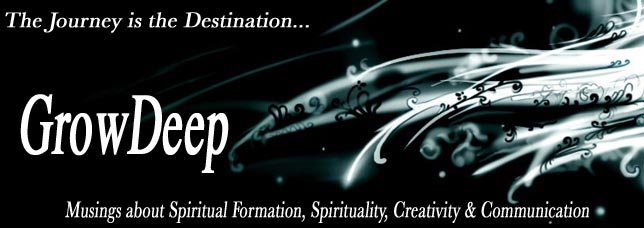“the second living creature was like an ox”
(Revelation 4:7)
As we open the pages to the Gospel of Mark, we notice something immediately. There is no Genealogy. No nativity narrative, no miraculous birth, no reference to Bethlehem, or adoration of the wise men, as in Matthew’s Gospel. There is no childhood appearance at the Temple in Jerusalem, no childhood at Nazareth, no subjection to His parents, no increase in wisdom and stature, as in Luke’s Gospel. In fact, there seems to be absolutely no interest in Jesus’ pedigree or royal lineage. There is no reference to His pre-existence and Divine glory, as in John’s Gospel. No, none of these things are of primal interest to Mark. Mark has no time for lengthy discourse like that of Matthew or Luke, there is too much to be done, or rather too much to be written about what Jesus has done.
The Gospel of Mark is more like “a shooting script, a graphic perspective of eyewitnesses: names, times, numbers, locations.” It is the
Gospel of vividness. “Graphic, striking phrases occur frequently to allow the reader to form a mental picture of the scene described. It is the Gospel of action, moving rapidly from one scene to another. The Gospel of Mark is like a motion picture of the life of Jesus. Mark’s frequent use of the Greek imperfect tense, denoting continuous action, also moves the narrative at a rapid pace.” It is believed that Mark wrote down the contents of this Gospel as it was dictated to him by Peter. Peter was a man of action, and as such, the portrait that we are presented with consistently and thoroughly throughout this Gospel is that of Jesus, a man of action, a man of service, a beast of burden, i.e. the ox.
As Mark puts his brush to the canvas, he begins by painting Jesus and the importunity of service. The scene opens on the riverbank of the Jordan, to capture the motivation of all that is about to be played out before us. As the lights come up on the stage, we hear t

No comments:
Post a Comment